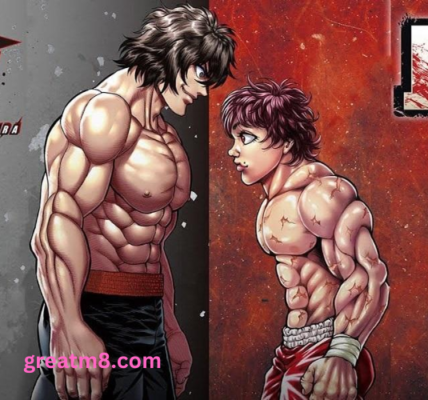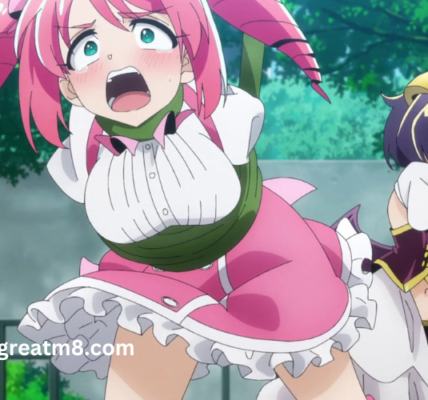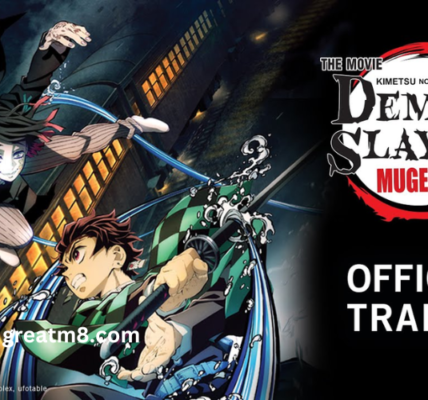The Role of Anime in Shaping Modern Visual Storytelling
Anime, a distinctive and influential art form originating from Japan, has played a crucial role in shaping modern visual storytelling. Over the years, it has evolved from niche cultural entertainment to a global phenomenon, captivating audiences worldwide with its unique blend of artistic styles, compelling narratives, and cultural richness. This article delves into the multifaceted impact of anime on contemporary visual storytelling, exploring its historical development, stylistic innovations, thematic diversity, and cross-cultural influences.
Historical Development of Anime
The roots of anime can be traced back to the early 20th century, with pioneers like Osamu Tezuka, often referred to as the “God of Manga,” laying the groundwork for what would become a vibrant and diverse medium. Tezuka’s work, particularly “Astro Boy” (Tetsuwan Atom), which debuted in 1963, was instrumental in defining the aesthetic and narrative structure of anime. His use of cinematic techniques, such as dynamic camera angles and detailed character expressions, set a new standard for animation, distinguishing it from Western cartoons.
Throughout the 1970s and 1980s, anime continued to evolve, with studios like Toei Animation and Madhouse producing iconic series such as “Dragon Ball,” “Mobile Suit Gundam,” and “Akira.” These works not only pushed the boundaries of animation technology but also introduced complex storytelling and mature themes, appealing to a broader audience. The success of these series in Japan and their eventual international distribution marked the beginning of anime’s global influence.
Stylistic Innovations
One of the most distinctive features of this is its unique visual style, characterized by exaggerated facial expressions, large expressive eyes, and vibrant color palettes. This artistic approach allows for a wide range of emotional expression and visual storytelling techniques. The use of “chibi” (super-deformed) characters, for instance, can convey comedic relief or heightened emotions, while detailed backgrounds and intricate designs create immersive worlds.
Anime’s stylistic innovations extend beyond character design to include dynamic action sequences and creative cinematography. Series like “Attack on Titan” and “My Hero Academia” showcase intricate fight scenes with fluid animation, often employing techniques such as slow-motion, rapid cuts, and first-person perspectives to heighten tension and excitement. This level of detail and craftsmanship has set a high standard for visual storytelling, influencing not only other animated works but also live-action cinema and video games.
Thematic Diversity
Anime is renowned for its thematic diversity, exploring a wide range of genres and subject matter that appeal to various demographics. From the whimsical adventures of “Studio Ghibli” films like “My Neighbor Totoro” and “Spirited Away” to the dark and philosophical narratives of series like “Neon Genesis Evangelion” and “Death Note,” anime offers something for everyone.
One of the key strengths of this is its ability to tackle complex and often controversial topics. Series like “Ghost in the Shell” and “Psycho-Pass” delve into the implications of advanced technology and artificial intelligence, raising questions about identity, consciousness, and societal control. Meanwhile, shows like “Naruto” and “One Piece” explore themes of friendship, perseverance, and the pursuit of dreams, resonating with audiences of all ages.
Anime’s willingness to address sensitive issues, such as mental health, gender identity, and social inequality, has also contributed to its impact on modern visual storytelling. By presenting these topics in a nuanced and accessible manner, anime has helped to foster greater understanding and empathy among viewers, encouraging more inclusive and diverse narratives in other media.
Cross-Cultural Influences
The global popularity of anime has led to a significant exchange of cultural influences, with Western media and anime mutually shaping each other. In the late 20th and early 21st centuries, anime gained a substantial following outside of Japan, particularly in North America and Europe. This cross-cultural exchange has resulted in a blending of styles and storytelling techniques, enriching both anime and Western animation.
The influence of anime can be seen in numerous Western animated series and films. Shows like “Avatar: The Last Airbender” and “The Legend of Korra” draw heavily from anime aesthetics and narrative structures, incorporating elements such as complex character development, serialized storytelling, and thematic depth. Similarly, movies like “The Matrix” and “Inception” have cited anime, particularly “Ghost in the Shell” and “Paprika,” as major inspirations for their visual and conceptual design.
Conversely, the incorporation of Western elements into anime has also become more prevalent. Studios like Studio Ghibli have collaborated with Western filmmakers, resulting in works that blend Eastern and Western storytelling traditions. This cultural hybridization has broadened the appeal of anime, making it more accessible to a global audience and fostering a deeper appreciation for diverse artistic and narrative styles.
Anime and Technological Advancements
The evolution of technology has played a pivotal role in the development and dissemination of anime. Advancements in animation software and techniques have allowed for greater precision and creativity, enabling animators to produce more detailed and dynamic visuals. Computer-generated imagery (CGI) has become increasingly integrated into anime, as seen in series like “Land of the Lustrous” and “Beastars,” where CGI is used to create fluid and expressive character animations that complement traditional hand-drawn elements.
The rise of digital distribution platforms has also significantly impacted the accessibility and popularity of anime. Streaming services like Crunchyroll, Funimation, and Netflix have made it easier for international audiences to access a wide range of anime series and films, often with simultaneous releases and multilingual subtitles. This increased accessibility has contributed to the global expansion of anime fandom and has encouraged greater investment in the production and distribution of anime content.
Moreover, social media and online communities have played a crucial role in promoting anime and fostering a sense of community among fans. Platforms like Twitter, Reddit, and YouTube provide spaces for fans to share their thoughts, create fan art, and discuss their favorite series, contributing to the vibrant and engaged anime fandom. This online presence has also given rise to a new generation of creators who draw inspiration from anime and incorporate its elements into their own works, further extending its influence.
The Future of Anime in Visual Storytelling
As anime continues to evolve and adapt to changing cultural and technological landscapes, its impact on modern visual storytelling shows no signs of waning. Emerging trends in the anime industry, such as the growing popularity of webtoons and the increasing use of virtual reality (VR) and augmented reality (AR) technologies, suggest that anime will continue to push the boundaries of what is possible in visual storytelling.
Webtoons, a form of digital comic originating from South Korea, have gained immense popularity in recent years, with many being adapted into anime series. These adaptations often bring fresh and innovative narratives to the anime medium, appealing to a new generation of viewers. The success of series like “Tower of God” and “The God of High School,” both based on popular webtoons, highlights the potential for cross-media storytelling and the blending of different artistic traditions.
VR and AR technologies offer exciting possibilities for the future of anime, providing immersive and interactive experiences that go beyond traditional viewing. Projects like “Spirited Away: Live On Stage” and “Sword Art Online: The Beginning” have explored the potential of VR to create fully immersive worlds where viewers can interact with characters and environments. As these technologies continue to develop, they are likely to open up new avenues for storytelling, allowing for more personalized and engaging experiences.
Conclusion
Anime has undeniably played a pivotal role in shaping modern visual storytelling, influencing a wide range of media and captivating audiences around the world. Its unique blend of artistic innovation, thematic diversity, and cultural richness has set it apart as a powerful and versatile medium. As anime continues to evolve and adapt to new technological and cultural trends, it is poised to remain a significant force in the world of visual storytelling, inspiring creators and delighting audiences for generations to come.









